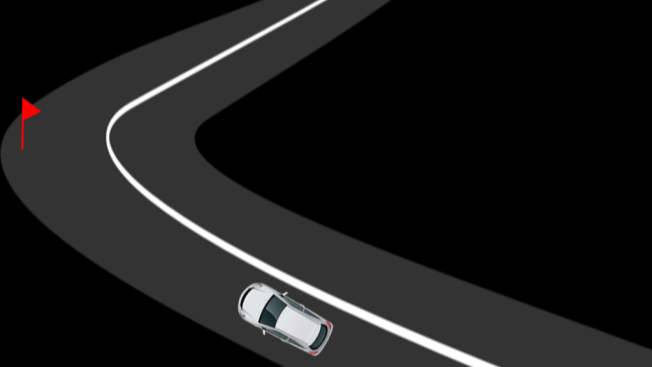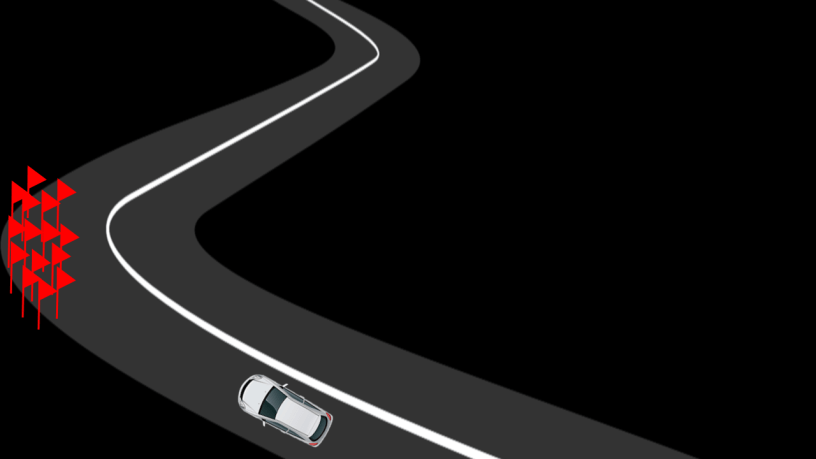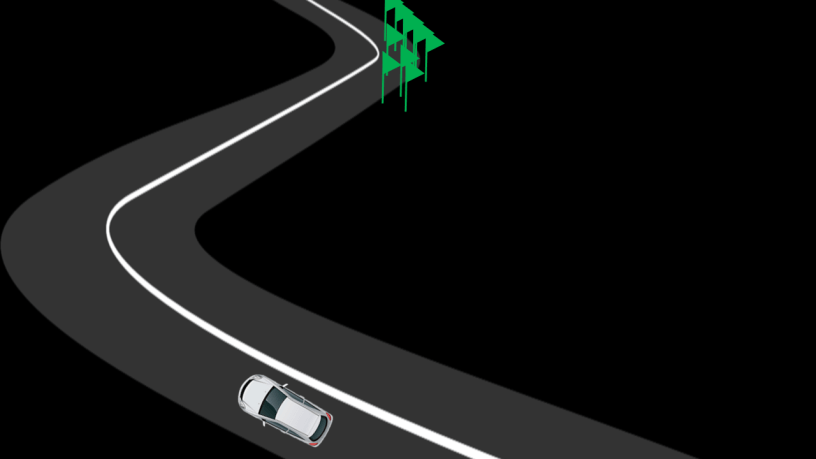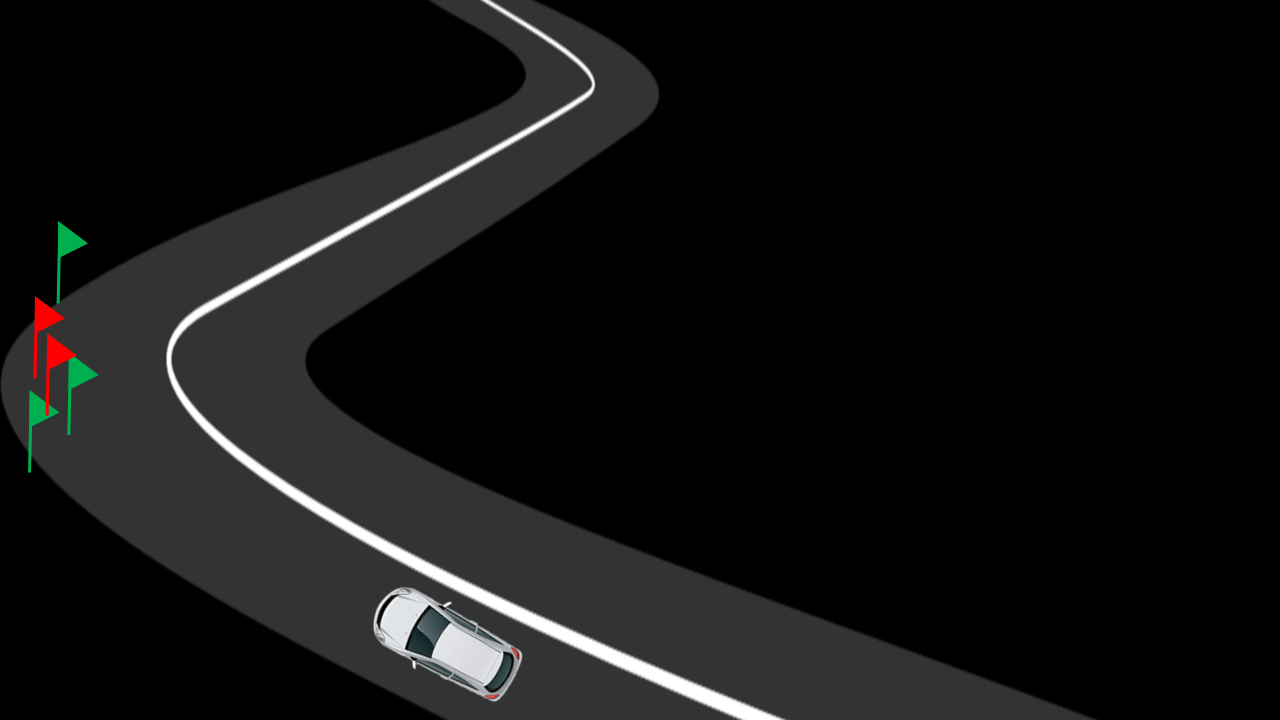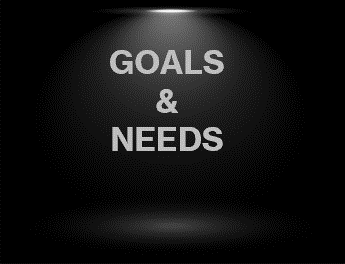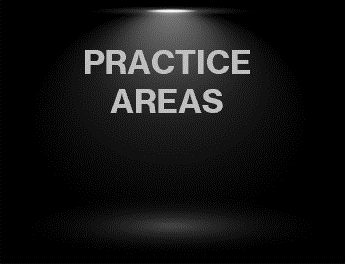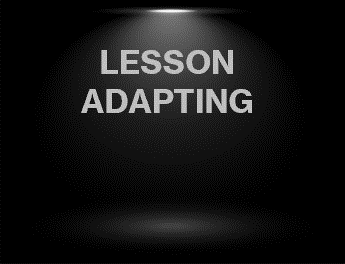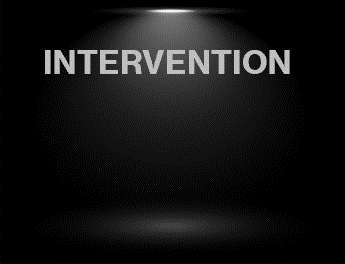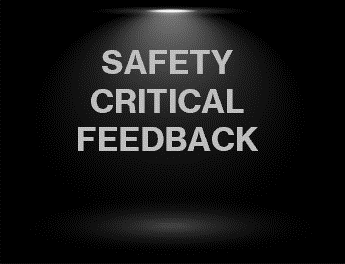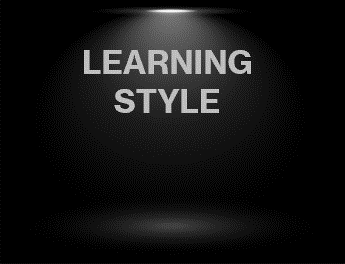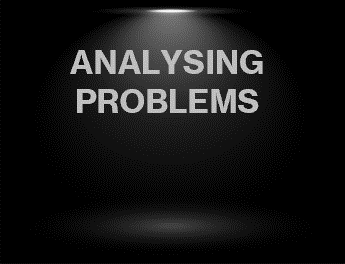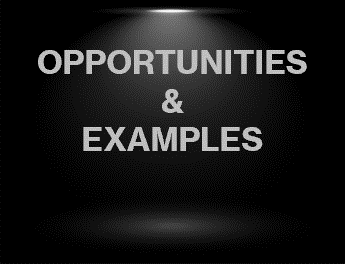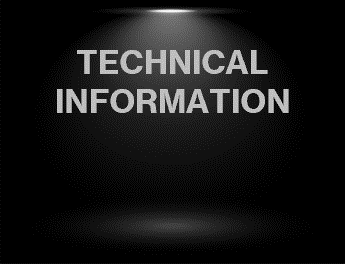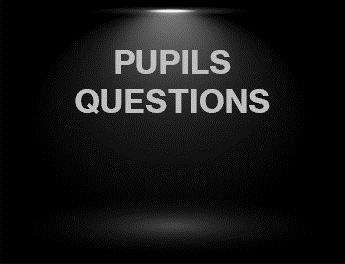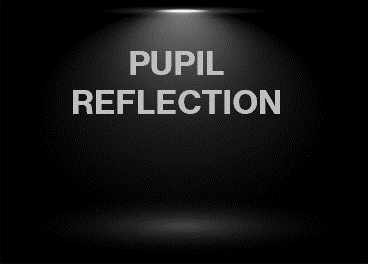Type of Feedback
I am a true advocate of not "buttering things up"
Giving feedback just to make your pupil feel good is definitely NOT GOOD PRACTICE!
Saying things like "well done that was a really good lesson today"
When in reality you're thinking OMG we nearly died twice.
Will give totally the wrong message to your pupil.
If your pupil needs to be told something is dangerous then tell them.
But how you say it can really demoralising to them.
Negative feedback can still be given but by asking certain questions can create a conversation that will allow the pupil to work out for themselves that what has just happened is negative without you saying something as simple as "That was terrible wasn't it?"
Let's create a couple of situations where the same feedback is given but in a different manner.
(I'm going to use Paul again as my pupil)
You've asked you pupil to take the next road on the left.
Everything has gone well apart from a left signal was not placed on.
Nothing came from it as there was no one around but you want to give feedback.
You could say
EXAMPLE 1
INSTRUCTOR
"OK Paul, how did you feel that went?"
PAUL
"OK, actually I thought that went really well!"
INSTRUCTOR
"Yeah most of it was good, but you didn't put a signal on!" (you pulled out the negative, they missed the signal)
PAUL
"Oh yes I forgot that didn't I"
Alternate way of giving the feedback.
EXAMPLE 2
INSTRUCTOR
"OK Paul, how do you feel that went?"
PAUL
"OK, actually I thought that went really well!"
INSTRUCTOR
"Actually the majority of that was really good, was there anything you'd change about it"
PAUL
"Ermm, I don't think so"
INSTRUCTOR
"OK, so just talk me through the process of what you did on the approach"
PAUL
"Well i checked my mirrors.........oh I forgot my signal didn't I?"
INSTRUCTOR
"You did yes. Why is it necessary that we check our mirrors and put a signal on?"
PAUL
"Well I need to check my mirrors first so I know if there is anything behind us or to the side of us that I might affect by turning into the road. And the signal is to notify everyone else what I'm just about to do."
INSTRUCTOR
"Perfect, that is exactly why you use them.
How could you ensure that you place on a signal next time?"
PAUL
"Could you prompt me next time we go round if I forget it?"
INSTRUCTOR
"Of course I can, would you like to do that again?"
In this instance, you have allowed the pupil to reflect on what they did, they clarified why there was the need for mirrors and signals.
But more importantly they found the error for themselves.
EXAMPLE 3
INSTRUCTOR
"OK Paul, how do you feel that went?"
PAUL
"OK, actually I thought that went really well!"
INSTRUCTOR
"Was there anything you'd change about it"
PAUL
"Ermm, I don't think so"
INSTRUCTOR
"Can you remember last week when we introduced the Hazard routine?"
PAUL
"Yes I think so, was it MSPSGL?"
INSTRUCTOR
"Yes, that is it. Can you remember what each letter stand for?"
PAUL
"I think its, Mirrors.......Signal..... Position.......Speed......Gear.......Look"
INSTRUCTOR
"Yes it is, well done, So thinking about that last junction, did you manage to implement that routine fully?"
PAUL
"OH, I missed the signal didn't I?"
INSTRUCTOR
"The signal was missed yes, however everything else was really very nice!
would you like any input from me to help you next time we do a left turn?"
PAUL
"That would be really handy while i get used to getting the routine remembered. Can you prompt me if it looks like I am going to forget it?"
INSTRUCTOR
"Of course I can Paul, Just that last little bit and you'll have this mastered"
Again in this instance, you have allowed the pupil to reflect on what they did, and they found the error for themselves.
You have actively given feedback, allowed the pupil to check on their current knowledge and understanding and confirm to them whether it was right.
In addition you have praised in your feedback everything that went well without actually creating any negative.
You allowed the pupil to find the weaker area to work on, this keeps them motivated and wanting to improve without feeling like they are hopeless.
